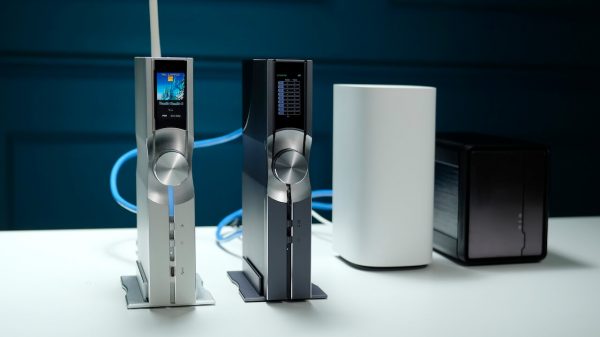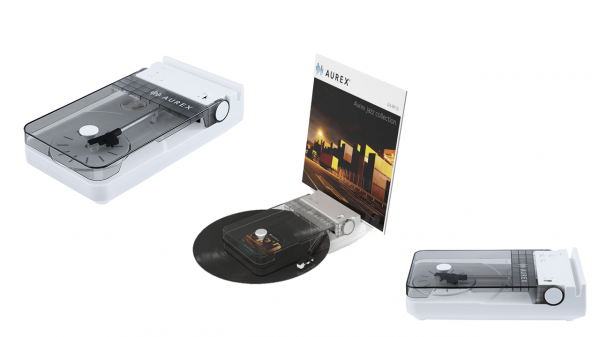Ultra Low-Cost Notebook PCs Poised for Consumer Acceptance as Additive and Educational Devices, But Not as Blockbusters, According to IDC
Ultra low-cost notebook PCs have received considerable attention as a potential solution to the digital divide in developing countries. However, IDC believes these devices will primarily find success as mobile, secondary computing devices in established regions and in education PC markets.
“Consumers have embraced the idea of the PC, particularly the portable PC, as a personal device rather than a shared household device,” said Bob O’Donnell, vice president, Clients and Displays at IDC. “This has led to the introduction of notebooks in an increasingly wide range of sizes and shapes, as well as more specialized PCs. Very low-cost, compact notebooks than can be carried around and provide quick and easy access to the Internet via Wi-Fi hot spots fills an important spot in this burgeoning market – the first disposable notebooks.”
IDC’s definition of an ultra low-cost notebook PC is: a sub-$500 clamshell form factor mobile PC with a screen measuring from 7-10 inches diagonally, running a full operating system capable of supporting third party applications, and possessing a keyboard and wireless broadband connectivity. Examples include the Asus eeePC and the One Laptop Per Child (OLPC) XO.
The small size and focus on mobility fundamentally redefines the usage model for these devices. IDC believes ultra low-cost notebooks make the most sense as secondary computing devices, used primarily for online activities and carried around more often than “regular” notebook PCs. While the devices offer most of the functionality that many typical users want, a true Web browsing experience is one of the primary features distinguishing ultra low-cost notebooks from smartphones and other smart handheld devices. The one opportunity where IDC expects that these devices could function as primary computers is for school-age (K-8) children.
“Despite its potential, the ultra low-cost notebook will not receive a universal embrace from consumers,” added O’Donnell. “The price gap with fully featured notebooks will be small and many consumers will opt to pay just a little more for a fully featured, full size notebook PC. And PC vendors, wary of the very small margins on these very small devices, will promote ultra low-cost notebooks as additive products, not replacement products, and will still face challenges in making them a profitable business.”
IDC forecasts worldwide shipments of the ultra low cost notebook PC will grow from less than 500,000 units in 2007 to more than 9 million in 2012. But with low average selling prices (ASPs), worldwide revenues will be less than $3 billion in 2012. As a percentage of the total consumer PC market, these devices will remain under 5% throughout the forecast period. However, ultra low-cost notebooks could eventually capture more than one third of the education market by 2012.
The IDC report, Worldwide Ultra-Low-Cost Notebook 2008-2012 Forecast: The Disposable Notebook Opportunity (Doc #212030) forecasts the market opportunity for ultra low-cost notebook PCs. The report includes comparisons between the ultra low-cost notebook category and the total notebook market, the total consumer notebook market, and the total education notebook market.
About IDC
IDC is the premier global provider of market intelligence, advisory services, and events for the information technology, telecommunications, and consumer technology markets. IDC helps IT professionals, business executives, and the investment community make fact-based decisions on technology purchases and business strategy. More than 1,000 IDC analysts in over 110 countries provide global, regional, and local expertise on technology and industry opportunities and trends. For more than 44 years, IDC has provided strategic insights to help our clients achieve their key business objectives. IDC is a subsidiary of IDG, the world’s leading technology media, research, and events company. You can learn more about IDC by visiting http://www.idc.com.
























